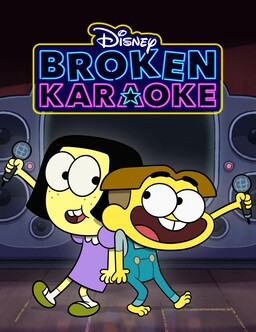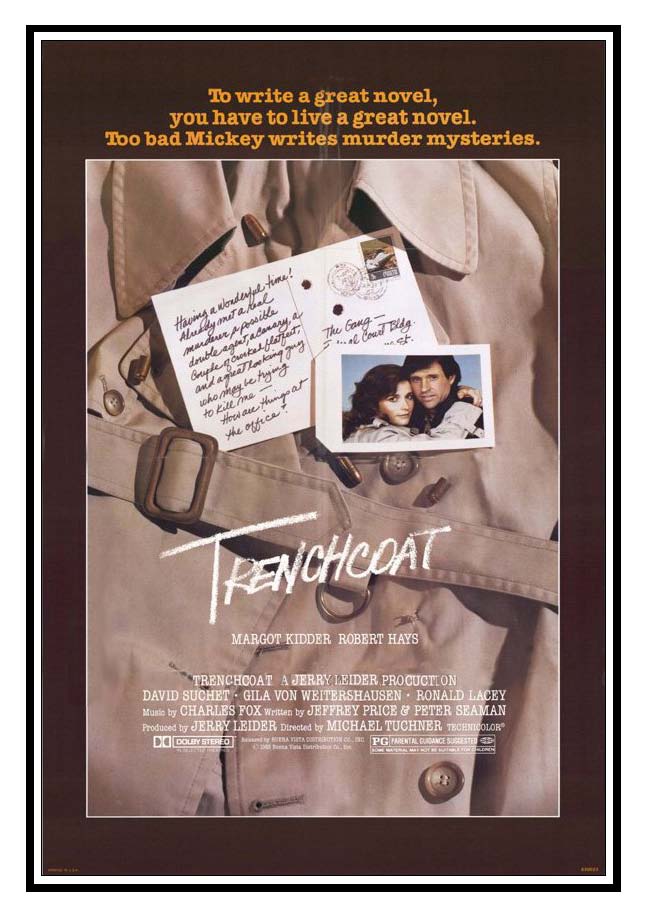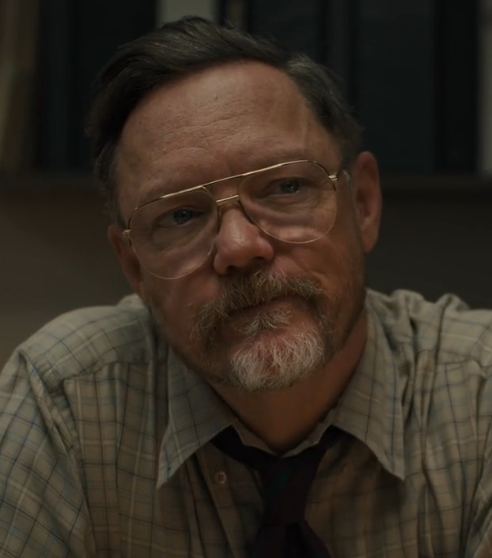How Real Gaming Venues Are Used in Movie Productions
by Ernest Spain
Many people wonder how movies create such realistic gaming scenes. A key fact is that filmmakers often use real gaming venues for those scenes. This approach gives viewers a taste of the true gaming lifestyle in movies. Keep reading to find out more.
The casino setting attracts filmmakers with its glamour and luxury. Even lesser-known venues like casinos not on GamStop can inspire stories where high stakes create thrilling moments that captivate audiences and add excitement to the story.
Casinos exude glamour and luxury. Their opulent decor and dazzling lights captivate audiences. The glitz draws viewers into fictional worlds filled with high-stakes drama. A real-world parallel can be found in places like Le Touquet glamour, where the blend of heritage architecture and upscale casinos mirrors the elegance seen on screen.
Casino films depict extravagant lifestyles alongside thrilling gaming experiences. Characters flaunt designer outfits and sip expensive drinks while gambling at plush tables. These visual elements enhance storytelling, capturing the essence of real-world casinos in film production.

The concept of “everything on the line” makes casinos naturally cinematic. Every decision in a casino game is a metaphor for life, choice, and fate. In films, that translates into character-defining moments: a last bet, a desperate bluff, a jackpot that changes everything — or ruins it. These scenes often appear in international action movies, where casino sequences blend tension, glamour, and fast-paced decision-making into unforgettable set pieces.
Casino scenes are often where pivotal character developments occur. A hero may lose everything and be forced to confront their flaws. A villain may gain the upper hand through a clever bluff. These moments aren’t just about money — they’re about ego, love, desperation, and ambition. The sense of risk is amplified by the environment. When stakes are high and time is running out, the audience leans forward, drawn deeper into the tension.
Authenticity drives the effectiveness of casino scenes in films. Filmmakers conduct thorough research to capture the true essence of real casinos, guaranteeing viewers feel immersed in a genuine gambling atmosphere.
Filmmakers invest time in research to create realistic casino portrayals in movies. They study gambling habits and the culture surrounding casinos. This focus on authenticity helps capture the true essence of a casino setting. Crew members often visit real-world casinos to observe interactions and assess the atmosphere.
Attention to detail plays a key role in depicting high-stakes scenes in films. Props, costumes and even background sounds reflect authentic casino experiences. By using real casinos as filming locations, filmmakers enhance credibility within their stories.
Fans enjoy spotting recognisable elements from actual gambling environments, which deepens their connection to the film’s narrative.
Filming in a real casino isn’t just about looks — it’s about atmosphere. The hum of slot machines, the low murmur of conversation, the sound of laughter over a blackjack win — these background noises are impossible to replicate with the same authenticity.
Las Vegas casinos like the Bellagio, Caesars Palace, or the Venetian have been featured in dozens of major films and television series. In Europe, Monte Carlo’s Casino de Monte-Carlo has become synonymous with cinematic luxury, especially in the Bond franchise.

Access is limited — filming usually takes place at night or in closed sections — but when allowed, it adds unparalleled depth. Cinematographers adjust their lighting to match the casino’s existing glow, and actors adapt to the unpredictable environment, making each scene more alive.
Some casino scenes become cultural landmarks. Think of the poker table in Casino Royale, the heist in Ocean’s Eleven, or even the dramatic collapses in Casino (1995). These moments don’t just entertain — they define how generations visualise gambling.
Such scenes often linger in public consciousness. They’re referenced in memes, copied in TV shows, and quoted in bars. They’ve also led to surges in casino tourism. People visit Las Vegas not just to play, but to stand in the exact spot where their favourite scene was filmed.
Casino-themed films are filled with unforgettable scenes that leave a lasting impression. Movies like Casino Royale and Ocean’s Eleven showcase high-stakes gambling, thrilling audiences worldwide. These films often depict characters on the edge, risking it all for fortune.
Glamour shines in these casino settings, drawing viewers into a world of luxury and excitement— often inspired by high rollers casinos where fortunes are won or lost in a single hand. Iconic moments, such as the card showdown or an unexpected win at the roulette table, create tension and drama. The impact of these scenes influences audience perceptions about gambling and its allure in real-world casinos.
Memorable moments in casino-themed films shape how audiences view gambling. These films often glamorise casinos, portraying them as luxurious and exciting places. People may associate high stakes with thrill and glamour. This influence can lead viewers to perceive gambling as a glamorous lifestyle.
Films like Casino Royale highlight the excitement of high-stakes scenes in film. Such portrayals spark interest in real-world casinos. Audiences might feel tempted to try their luck after watching these captivating stories unfold on screen.
The impact of casino films extends beyond entertainment; they shape attitudes towards gambling and encourage exploration of real-life gaming experiences.
Lighting and camera angles play a huge role in casino films. Directors often use low lighting with neon accents, contrasting shadows, or flickering reflections from slot machines to create mood. Cinematography builds pressure — through slow zooms on anxious eyes or tight framing of poker hands.
Symbolism is also prevalent. A roulette wheel can represent fate. A hand of cards can signify hidden truths. When characters win or lose, it’s rarely just about the money — it’s about identity, redemption, or collapse. Every creative choice serves to elevate the gambling scene into a narrative moment.
Gambling in films often shows both excitement and risk. Scenes set in real casinos capture the glitz and glamour of these environments. Characters may take high-stakes bets, showcasing the thrill that attracts many to gambling. Such portrayals can influence audience perceptions about the gambling lifestyle.
Films like Casino Royale and The Hangover highlight various aspects of casino culture. These movies often glamorise gambling while ignoring its negative consequences. The impact of cinema on public views about casinos is significant.
Many viewers might develop unrealistic expectations about winning or enjoying a casino experience based on what they see onscreen. This connection between film and reality can shape how audiences view real-world casinos and their risks associated with gambling behaviour.
Cinematography plays a crucial role in how films depict casinos. The camera captures the glitz and glamour of these settings, creating an immersive experience for viewers. Bright lights and vibrant colours enhance the allure of real-world casinos in film. Filmmakers use angles and movement to showcase high-stakes scenes effectively.
Symbolism also appears prominently in casino films. Characters often reflect their desires through their relationship with gambling. Winning represents success, while losing suggests failure or greed.
These themes resonate with audiences, shaping perceptions of gambling’s impact on society. Through visual storytelling, filmmakers highlight both the excitement and dangers associated with casino life.
Gambling films of the 1950s and 1960s celebrated casinos as emblems of freedom and charm. Think of Viva Las Vegas — it was all neon, jazz, and swing. But as the industry changed, so did the tone.
Today’s films are more self-aware. Uncut Gems, Molly’s Game, Mississippi Grind — these focus on the psychological toll of gambling. They present complex characters with flaws, fears, and obsessions. The casino becomes not just a venue but a symbol of internal struggle.
This evolution reflects society’s growing understanding of addiction, mental health, and the role of entertainment in shaping behaviour. It shows how far both the industry and its cinematic mirror have come.
Film portrayals of gambling have shifted significantly over the decades. In early cinema, movies often romanticised the glitz and glamour of casinos. Films depicted gambling as a thrilling escape filled with exciting wins and luxurious lifestyles.
More recently, filmmakers have highlighted the darker aspects of gambling. Stories now show its impact on individuals and families. Characters struggle with addiction and financial ruin in many modern films.
This change reflects society’s evolving view on gambling’s risks and consequences. The portrayal of casino settings has become more complex, offering both excitement and caution to viewers about this high-stakes world.
Society’s views on gambling have changed over the years. Casino films reflect this evolution. In earlier movies, casinos often represented danger and unreliability. Characters faced severe consequences for their bets, highlighting society’s cautious attitude towards gambling.
Modern films show a different perspective. They capture the glitz and glamour of casinos while celebrating high-stakes scenes in movies. This shift mirrors growing acceptance of gambling as entertainment rather than a moral failing.
Casinos have remained one of the most potent tools in a filmmaker’s kit, evolving from the early glitz of classic Hollywood to the gritty realism of modern dramas. Their real-life texture, symbolic power, and cinematic flexibility make them ideal for stories that deal with ambition, risk, love, and loss.
By using real casinos, directors honour the authenticity their stories demand — and give audiences a front-row seat to a world that is both familiar and mysterious. These portrayals don’t just entertain. They shape how we imagine chance, wealth, and choice — long after the credits roll.












